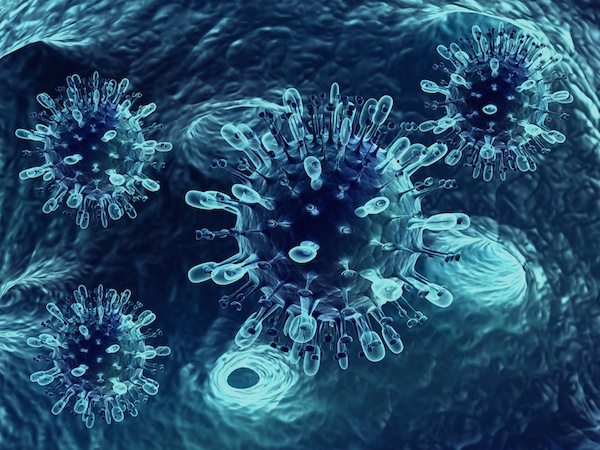
FRIDAY, May 4 (HealthDay News) — Breast cancer in men is much less common than it is in women, but it may be more deadly, new research suggests.
“Men with breast cancer don’t do as well as women with breast cancer, and there are opportunities to improve that,” said study author Dr. Jon Greif, a breast surgeon in San Francisco. “They were less likely to get the standard treatments that women get.”
Survival rates for men with breast cancer, overall, are lower than those for women, at least when it is diagnosed in the early stages, Greif found. The cancers differ in other respects too.
Greif was scheduled to present his findings Friday at the American Society of Breast Surgeons annual meeting in Phoenix.
Greif and his team warn, however, that some of the differences they found may not bear out in clinical practice.
A big limitation to the research: The database they drew from keeps track of which breast cancer patients die, but not what they died from. So it is impossible to tell if they died from their cancer or something else, he explained.
Although many men may not be aware that they can get breast cancer, nearly 2,200 new cases of male breast cancer are expected this year, according to the American Cancer Society. The society estimates 410 men will die of breast cancer in 2012 in the United States.
Greif compared about 13,000 men with breast cancer, identified from the National Cancer Data Base, to more than 1.4 million women with breast cancer. The data covered 1998 to 2007.
The investigators evaluated cancer characteristics and survival rates, taking into account age, ethnicity and other factors.
Men with breast cancer were more likely to be black than women with breast cancer (11.7 percent versus 9.9 percent) and less likely to be Hispanic (3.6 percent versus 4.5 percent), the researchers found.
In addition, men were older at diagnosis — 63, on average, compared to 59 for women.
Men’s tumors were larger when diagnosed; they were more likely to have later-stage tumors, involvement of lymph nodes, spreading to other parts of the body and other differences.
Men with breast cancer were less likely to get a partial mastectomy and to receive radiation, the study found.
Greif also found that women’s overall five-year survival rate was 83 percent, but men’s was 74 percent. That was looking at all breast cancers, whatever the stage.
When Greif’s team looked at survival stage by stage, women with early stage cancer had better survival rates than men with early stage disease. The gap closed when men and women had more advanced disease.
“Women are encouraged to get breast exams [and] mammograms,” Greif said. That is why their cancers are often diagnosed earlier, when the tumors are
smaller, he said. More awareness of male breast cancer is crucial.
The study is valuable in pointing out gender differences, even with its limitations, said Dr. Susan Boolbol, chief of the division of breast surgery at Beth Israel Medical Center in New York City.
“Over the years, it was thought that, stage for stage, women and men had equal outcomes,” Boolbol said. The new research finds otherwise, and includes larger numbers of men with breast cancer than many previous studies did, she noted.
Lack of information on cause of death is a major limitation of the finding, she said. Even so, “this is a very interesting study, and … it will open the door to more research being done in male breast cancer.”
The study may also raise awareness that men can indeed develop breast cancer, Boolbol said.
Men should be aware of potential symptoms of breast cancer, the American Cancer Society suggests. Among them: a lump or swelling, dimpling or puckering, a turning inward of the nipple, scaling of the nipple or breast skin, redness of the nipple or skin of the breast, and nipple discharge.
Findings presented at medical meetings are typically considered preliminary until published in a peer-reviewed journal.
More information
To learn more about breast cancer in men, visit the American Cancer Society.

